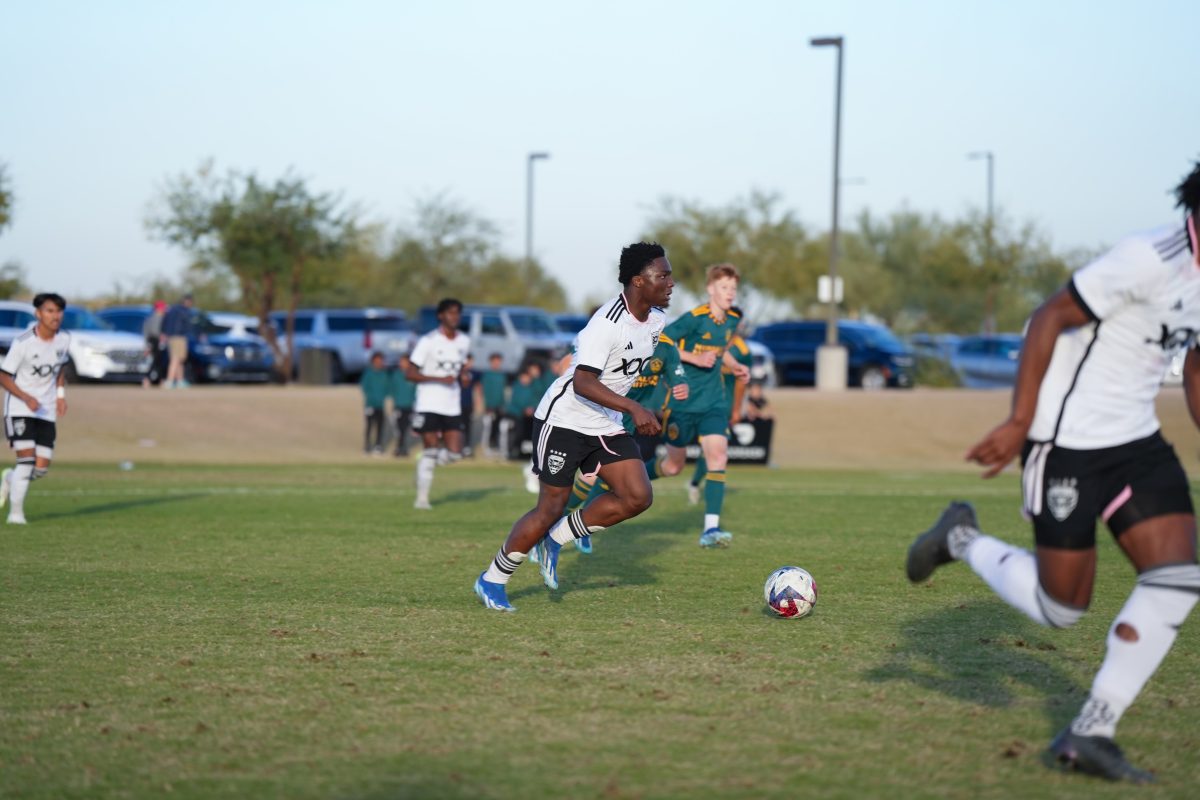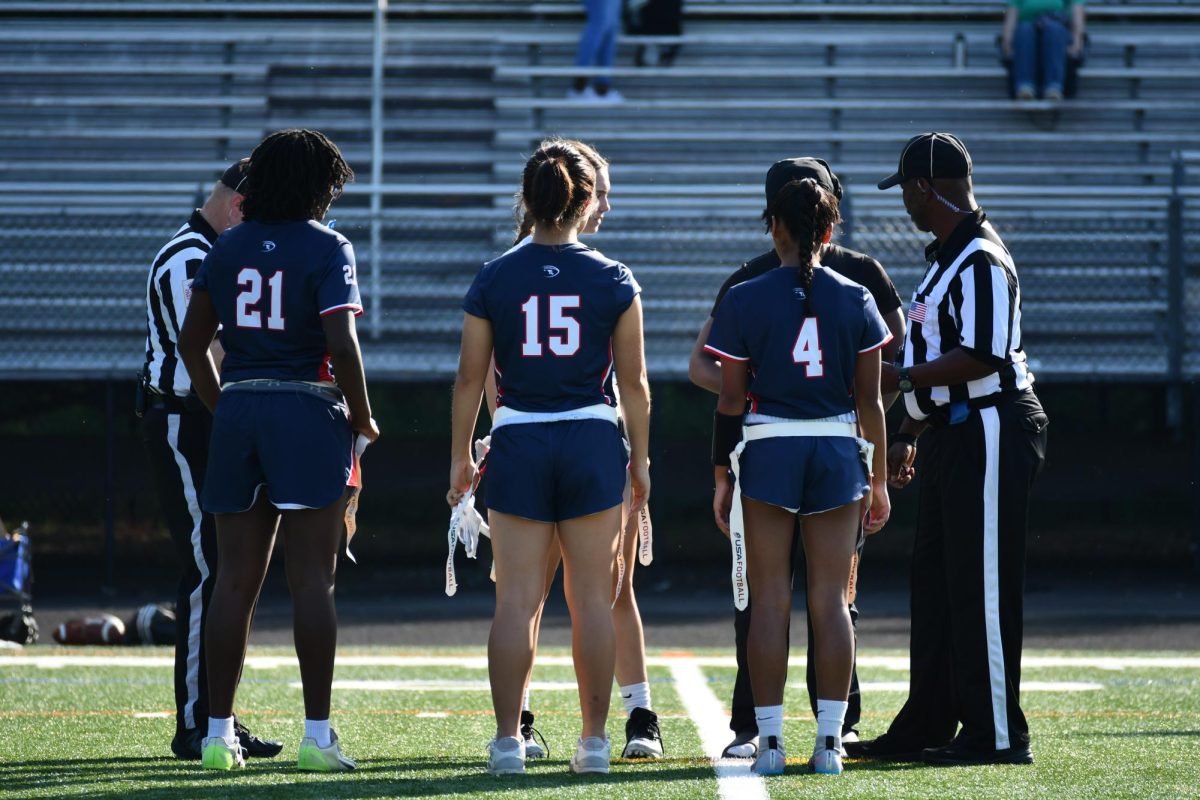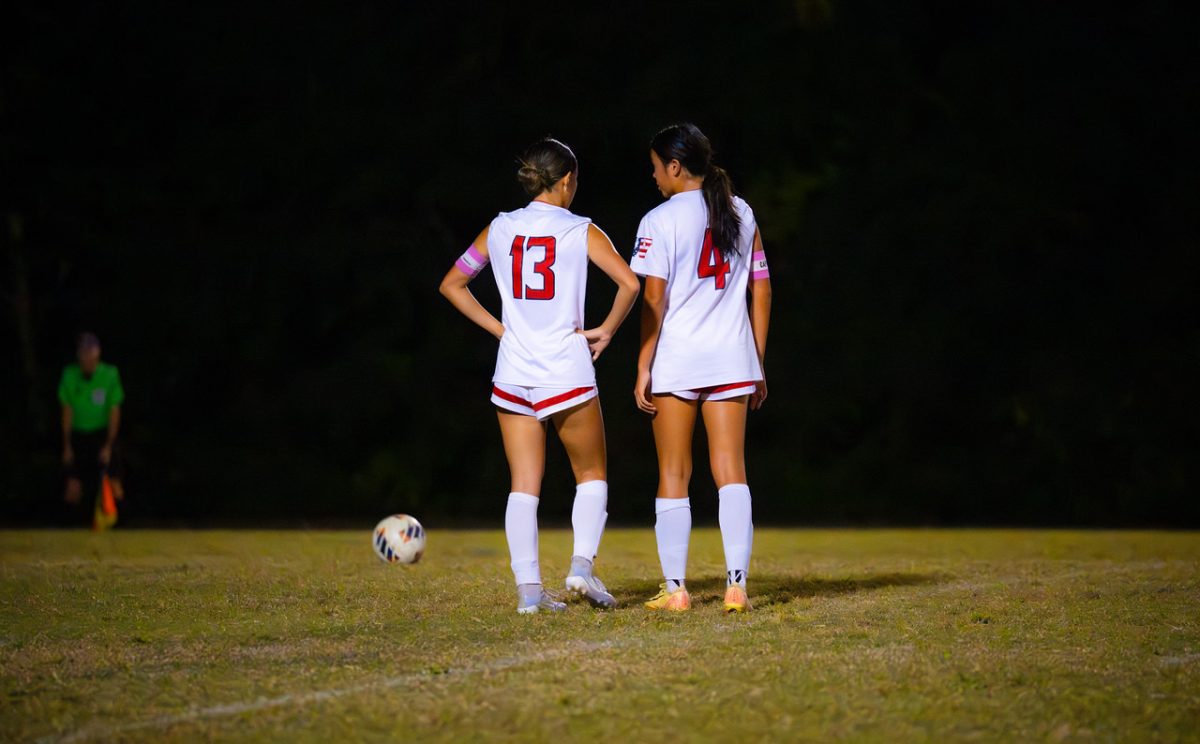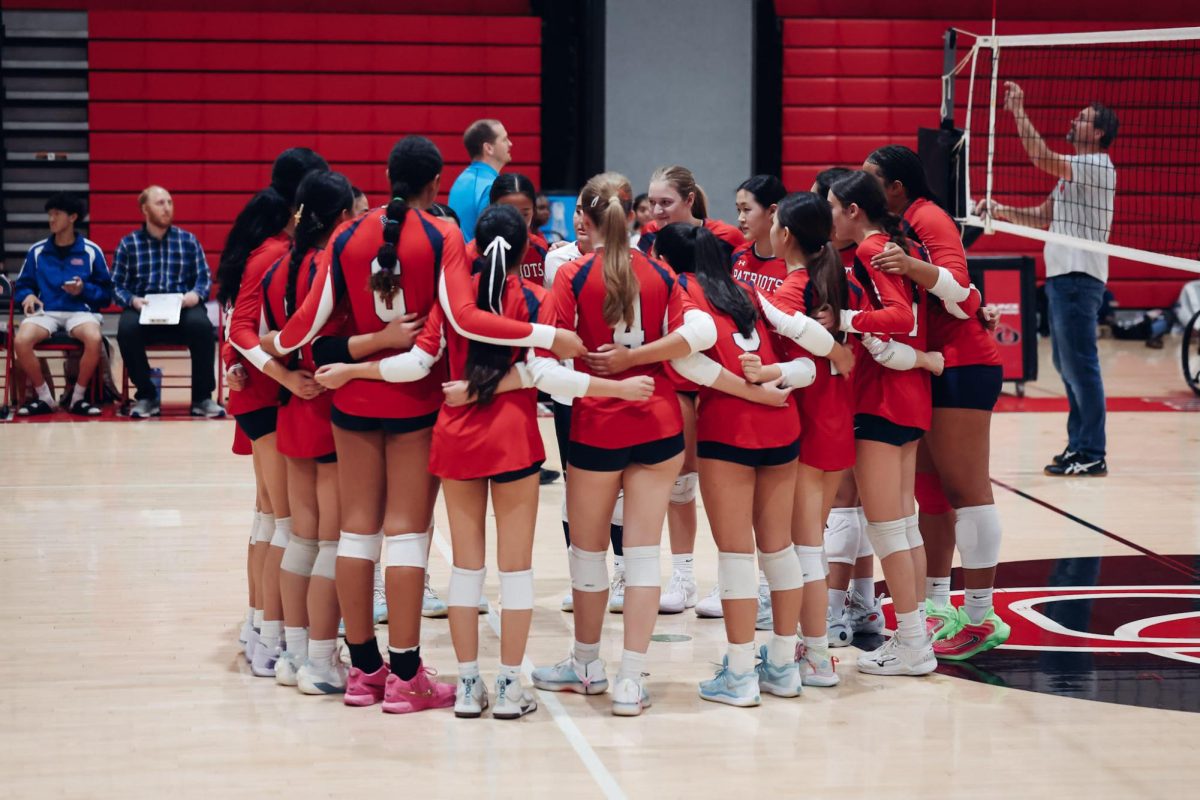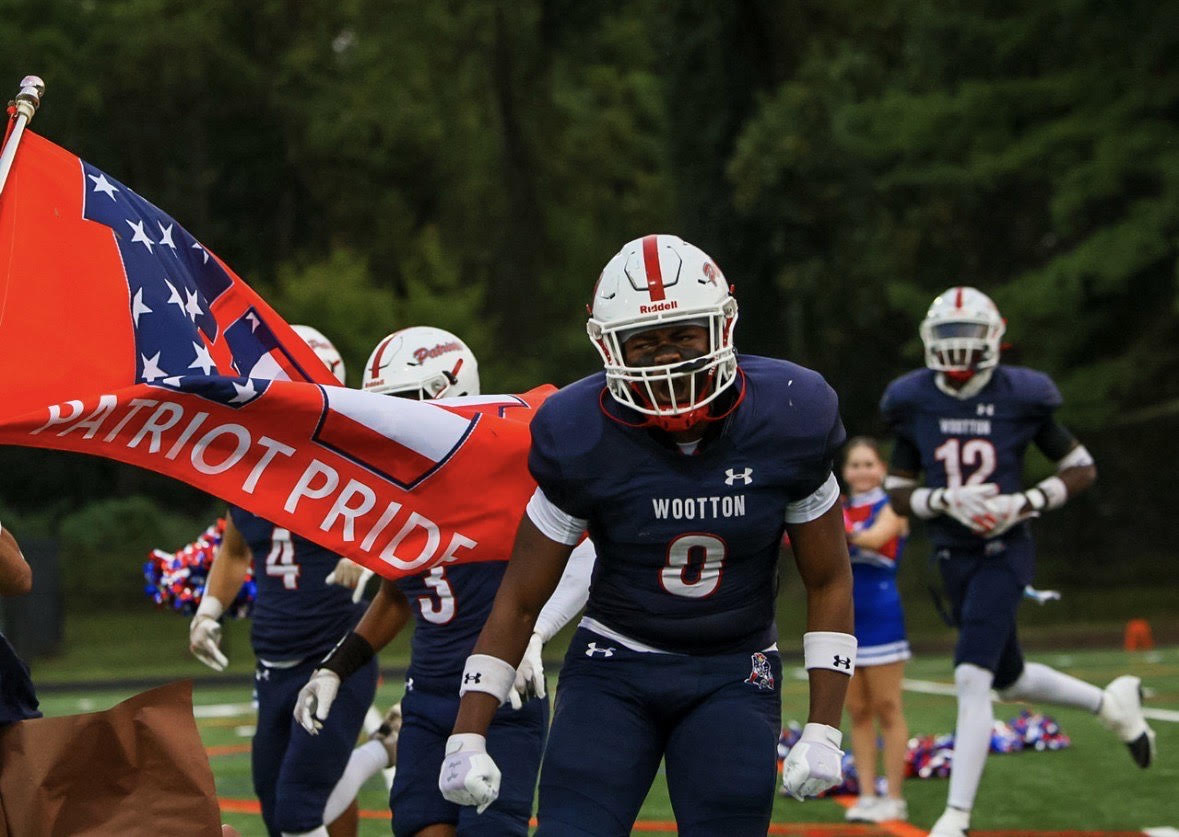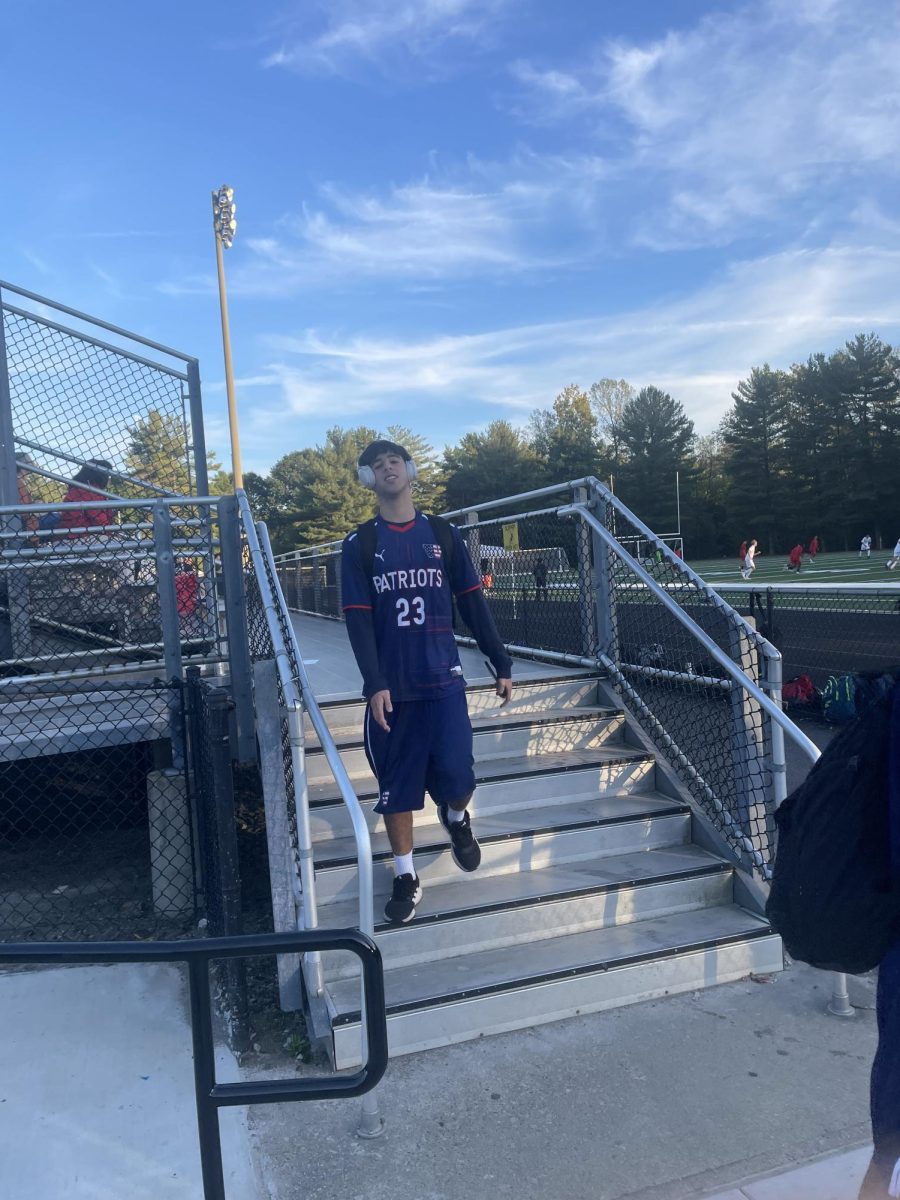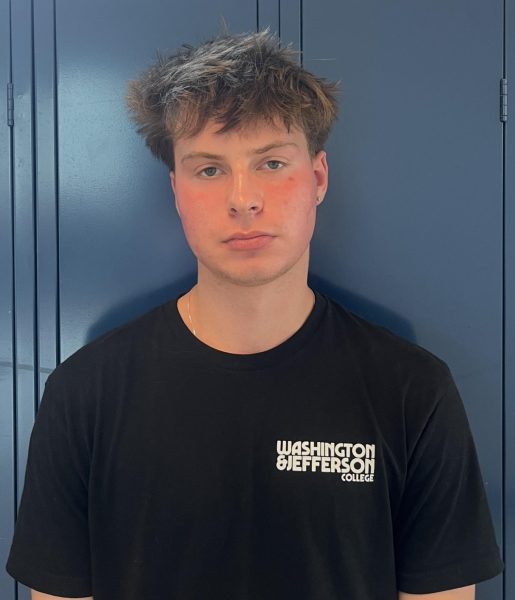Name, Image and Likeness (NIL), the transfer portal, the internet, videotapes: These new elements have revolutionized college recruiting. Student athletes feel increasingly lost and the complication of the recruiting process is to blame.
A raft of changes are making it harder for aspiring student athletes to get recruited. These changes include the National Collegiate Athletics Association (NCAA) becoming significantly more lenient on the transfer portal and on signing international players who played at high levels that can be considered pro. The NCAA has also decreased roster sizes and changed when the recruiting process can begin..
The college recruiting landscape is changing constantly, in some ways for the better, and in others for the worse. The most universal complaint regards the implementation and use of the transfer portal. Due to a court case settled late last year, the NCAA removed transfer restrictions from college sports. “I think what’s hurting college sports the most is the transfer portal where if you don’t like it (the college), you can come and go as you please,” former Division One soccer player and PE teacher Anthony Pykosh said.
The internet’s rapid growth has played a huge role in changing the recruiting process for student-athletes. Videotapes and social media accounts are one of the main forms of getting college coaches to see athletes. “Now with Instagram and highlights, things are different and if you want to get recruited you need to know the path to get it and to showcase your abilities,” former college basketball player and PE teacher Maggie Dyer said.
NIL (Name, Image and Likeness) is one of the most polarizing topics in college sports right now, with people for it, and others against it. People either argue that college players deserve to get paid or they shouldn’t. “I think that for years colleges have exploited these athletes. You take a great athlete, they bring millions in revenue, and then give them a scholarship, but they aren’t allowed to work or make money so they don’t have the same opportunities. I feel like there’s kids who need extra help, I was one of them, there’s now something that can be done beyond the scholarship,” Dyer said.
Coaches look for different traits in different athletes, but there are universal traits and values that coaches look for in everyone. These traits may not be physical but more mental, such as attitude, work ethic and leadership.“I want to see how they interact, are they a good teammate, leadership, those intangibles mean a lot, like some of the best players I’ve played with or against would try to, if you made a mistake, would try to help you correct it, they wouldn’t try to show you up,” Pykosh said.
Although athletes deal with their own challenges throughout the recruiting process, lack of exposure is something all players struggle with. Depending on the league they play in or the club they play for, getting seen by coaches or attending high-level events can be near impossible. “I think the biggest challenge is exposure. You have to have really good coaches and be able to advocate for yourself,” junior athlete Annalise Yi said.
Another big challenge student-athletes face with the recruiting process is maintaining consistent communication with colleges. Students are busy with school and their sports, leaving little time for emailing or talking to college coaches. “ Maintaining communication with colleges will make or break in terms of getting an offer from the college and sometimes you can falter and forget about communicating with the coach/college,” junior athlete Langston Fabiyi said.
Casting a wide net of college options is a crucial part of the process. Schools you aren’t interested in one day may be one you are interested in the next day. “I would tell the younger me to really put myself out there more and reach out to a lot of coaches whether or not I intend on going there. It’s better to have a lot of options than no options at all,” Yi said.
The recruiting process can be a stressful time for students, but it isn’t all bad. College visits can be a light in the dark with students going through the process. “My favorite part of the recruiting process has been the visits. They’re fun and you get to experience different universities. Every university has a different campus, people, community, etc. I think seeing how you would fit into that is the fun part,” Fabiyi said.


